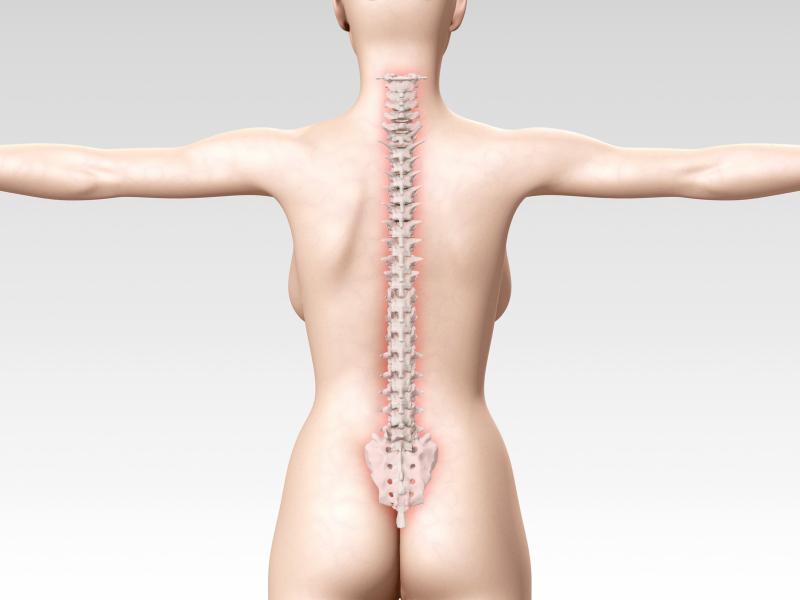
Exposure to psychotropic drugs and proton pump inhibitors (PPIs) contributes to an increase risk of clinical and nonvertebral fractures in postmenopausal women with severe osteoporosis, according to a study. Furthermore, teriparatide confers superior benefits for reducing the risk of fractures compared with risedronate, irrespective of such an exposure.
Researchers conducted a posthoc analysis of the fracture-endpoint study VERO, which evaluated the effect of subcutaneous daily teriparatide 20 μg vs oral weekly risedronate 35 mg in women with established osteoporosis. They assessed the risk of fractures in relation to exposure to psychotropic drugs (hypnotics, benzodiazepines and antidepressants) and proton pump inhibitors (PPIs), including potential interactions with the assigned clinical trial drugs.
Of the women, 406 (29.9 percent) were exposed to PPIs, 347 (25.5 percent) to benzodiazepines/hypnotics, and 176 (12.9 percent) to selective serotonin- and norepinephrine-reuptake inhibitors (SSRIs/SNRIs) during the study. The risk-reduction advantage observed with teriparatide vs risedronate for all fracture endpoints did not significantly differ within the categories of psychotropic drugs and PPIs.
Multivariable analysis showed that PPI use vs nonuse was associated with a heightened risk of pooled new and worsened vertebral fractures (risk ratio, 1.57; p=0.032), regardless of the study treatment. On the other hand, benzodiazepine/hypnotic drug use was associated with increased risks of clinical fractures (hazard ratio [HR], 1.71; p=0.026) and nonvertebral fragility fractures (HR, 1.89; p=0.017), regardless of the study treatment.
Likewise, SSRI/SNRI use contributed to an increased risk of clinical fractures (HR, 1.93; p=0.018) and nonvertebral fragility fractures (HR, 2.16; p=0.011), regardless of the study treatment.